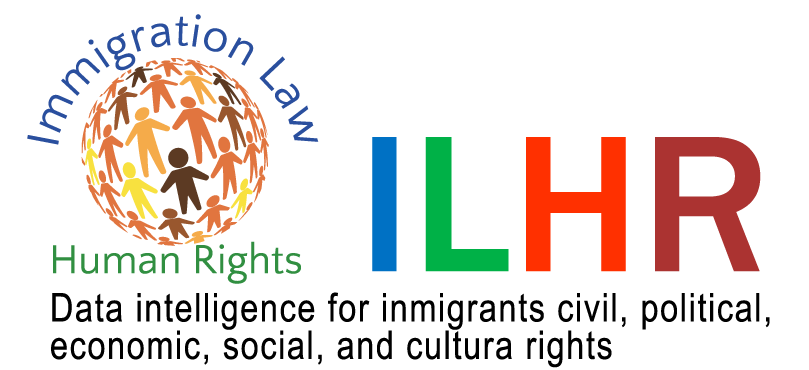Study, Work, Executive, Business, Health, Family, Humanitarian Visas
Most global citizens need a visa to enter the United States to visit, work, and live. The United States provides immigrant visas based on family ties, employment, adoption, special immigrant categories, and the diversity visa. A global citizen who seeks to enter to US generally must first obtain a visa, which is placed in the traveler’s passport, a travel document issued by the traveler’s country of citizenship. In this course, participants learn about the most common types of visas for business, work, studies, and travel. They learn the application, documentation, procedures, and fees for Family-based immigration, Employment-based immigration, Humanitarian immigration, Humanitarian Visa, Investor Visa, Tourist Visa, Travel Visas, Fiancé Visa, Commercial Visa, Corporate Visas, Professional Visas, Student Visas, Scientist Visas, Athlete Visas, T or U visa, labor certification, Green Card, Work Permit, Social Security, and Citizenship. It furthermore reviews nonimmigrant visas for global citizens who want to travel temporarily and immigrant visas for global citizens who want to live permanently in the US, and the Visa Waiver Program (VWP) that allows global citizens of participants’ countries to travel to the US without a visa…
MIP Courses for ILHR
Since the world becomes globalized, interdependent and warmed, recruitment and mobilization of migrant workers becomes a matter of law, rights, and education

Immersive, Connection, and Educational technologies for ILHR Organization, Education, and Action
The new struggle of classes is not about natives vs. immigrants, but humans vs. machines
Read more
Immigration Law & Human Rights for Practitioners, Advocates, and Educators
It is about the Legitimacy of Migration and the Right of Immigration
Read more
US Immigration Law & Human Rights for Corporate Governance
From an Immigration Corporate Policy toward a Universal Declaration of Immigrant Rights.
Read more
Refugee, Asylum, & Convention against Torture
Information, strategy, and solutions to the protection of vulnerable minorities
Read more
Visas Review: Study, Work, Executive, Business, Health, Family, Humanitarian
Structure, definitions, and procedures for embassies’ and consulates’ visas
Read more